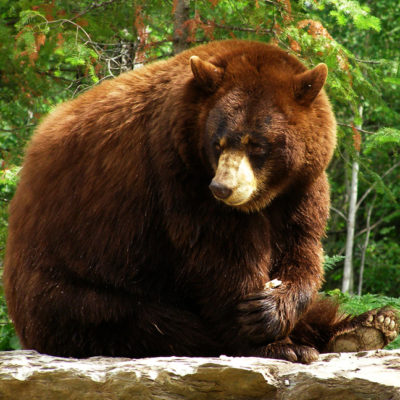Basic Bear Facts
Quick Black Bear Facts
Folklore: Perhaps no other animals have so excited the human imagination as bears. References to bears are found in ancient and modern literature, folk songs, legends, mythology, children stories, and…
Read More »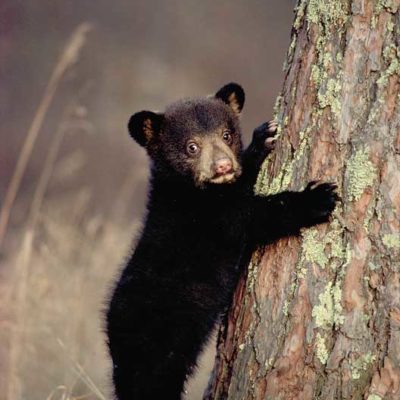
Typical Year for Black Bears
January: The full moon in January is sometimes called the ‘bear moon’. Black bear cubs are generally born in January. The mother bear licks them clean, keeps them warm and…
Read More »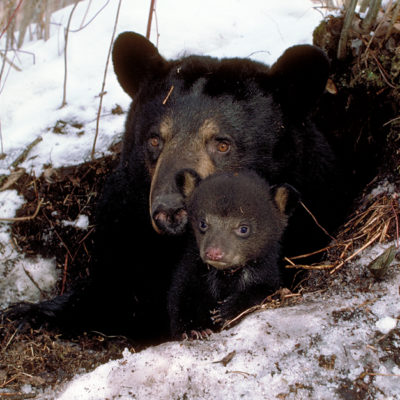
Black Bear Range
Black bears historically ranged over most of the forested regions of North America, including all Canadian provinces, Alaska, all states in the conterminous United States, and significant portions of northern…
Read More »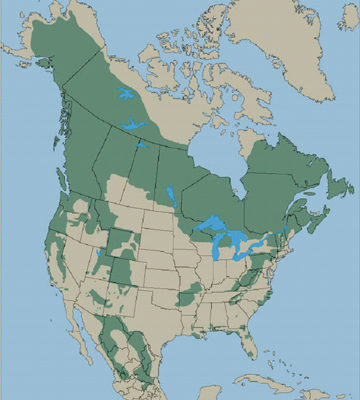
Classification of Black Bears
Ursus americanus Kingdom: Animal Phylum: Chordata Class: Mammalia Subclass: Theria Infraclass: Eutheria Order: Carnivora Suborder: Fissipedia Family: Ursidae Subfamily: Ursinae (all living bears except giant panda and the spectacled bear)…
Read More »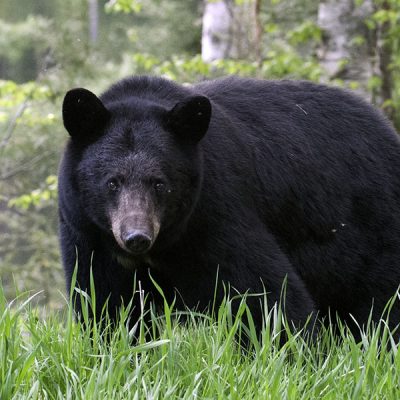
Weight
Typical weights Males of breeding age: 125-500 lbs or more Females of breeding age: 90-300 lbs or more Records Male: 880 lbs (399 kgs), Craven Co., NC, 1998 or 902…
Read More »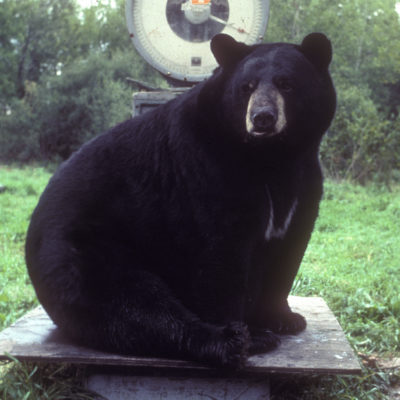
Size and Appearance
General: Black bears are 4 to 7 feet from nose to tail, 2 to 3 feet high at the shoulders, and have small eyes, rounded ears, a long snout, a…
Read More »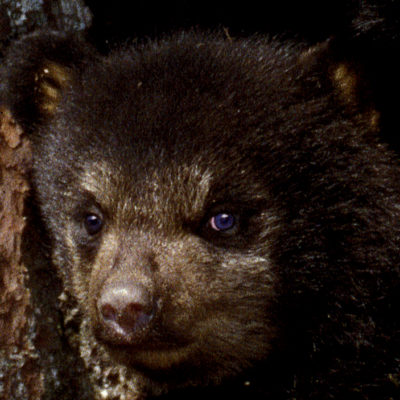
Skull of a Black Bear
Saggital crest: This protrusion is for attachment of chewing muscles. Animals with a large saggital crest have a powerful bite. The saggital crest is much bigger on male black bears…
Read More »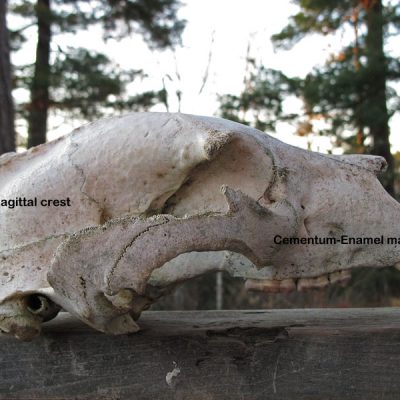
How to Age a Bear
The most accurate way to tell the age of a bear is to count the rings in a cross section of a tooth root using a microscope. This cross-section is…
Read More »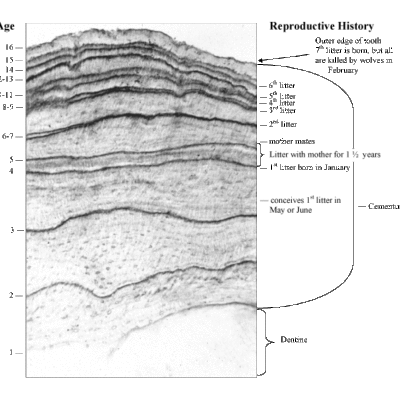
Activities and Social Organization
Daily Activity Period: Most bears become active a half-hour before sunrise, take a nap or two during the day, and bed down for the night an hour or two after…
Read More »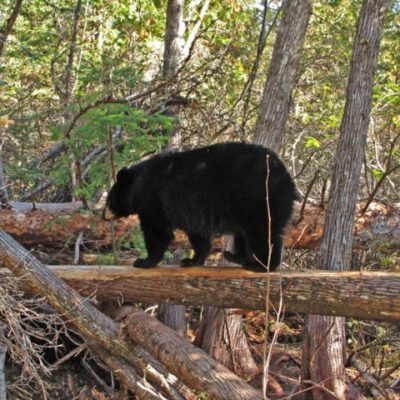
Senses and Abilities
Vision: Bears see in color and have sharp vision close-up. Their distance vision (over two hundred yards) has not been tested. Hearing: Hearing is the black bear’s first line of…
Read More »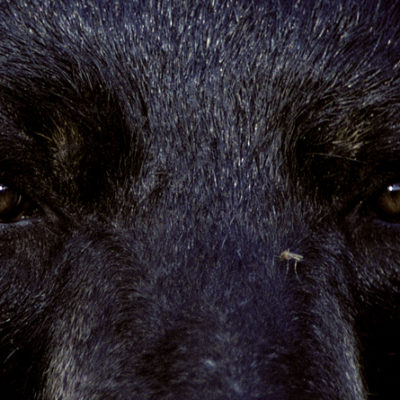
Adaptations for Seasons of Food Scarcity
A stocky body for carrying fat and minimizing heat loss in winter Ability to grow dense insulating fur Ability to accumulate excess fat when food is available and remain healthy…
Read More »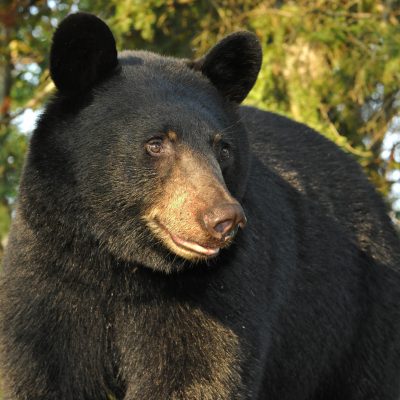
Food and Habitat
Preferred Foods: Nuts, acorns, fruit, insects, succulent greens. Meat and less succulent greens are eaten when preferred foods are scarce. A scarcity of preferred foods can result in failed reproduction,…
Read More »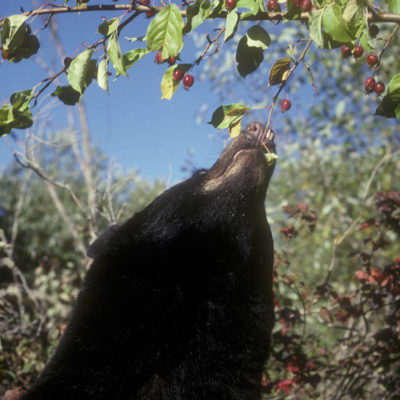
Reproduction
Mating season: Late May through June in northeastern Minnesota but into August in eastern and southern states. Males are ready to mate throughout that period but each female is ready…
Read More »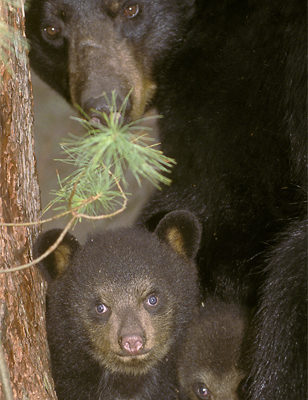
Longevity and Causes of Death
Potential Longevity (lifespan): Black bears can live 21-39 1/2 years or more if they are not killed. Causes of Death: In Minnesota, black bears less than 16-17 months old typically…
Read More »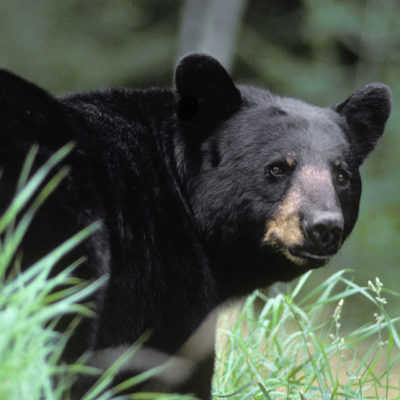
Capabilities
Vision: Bears see in color and have good close-up vision. Distance vision (over 200 yards) untested. Hearing: Exceeds human frequency ranges and is probably twice the sensitivity. Smelling: Smelling ability…
Read More »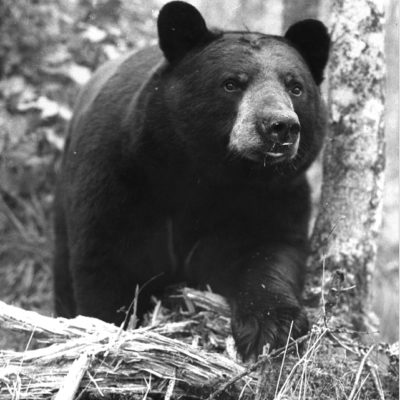
Problems
Living with Bears: Many people are moving into black bear habitat. The bears’ future depends on how well we understand and tolerate them. Misconceptions: People have demonized bears in many…
Read More »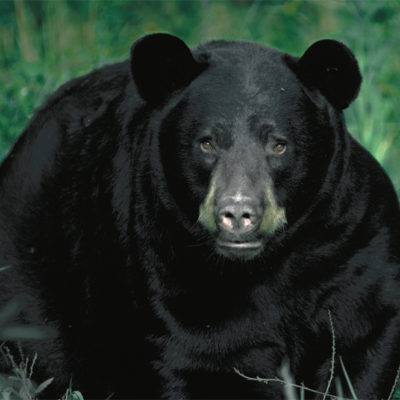
Black Bear Color Phases
Black bears come in more colors than any other North American mammal. They can be black, brown, cinnamon, blond, blue-gray, or white. East of the Great Plains, nearly all are…
Read More »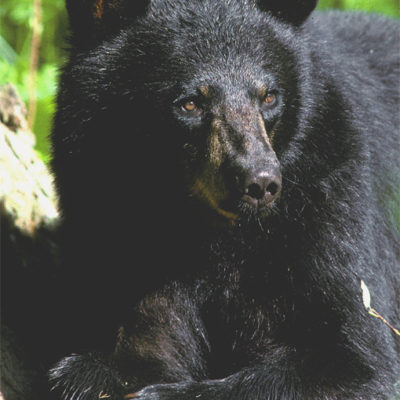
How Did White Fur Become Established?
How did white fur become established among the black bears of Princess Royal and Gribbell Islands? No one really knows, but the thinking, in general, goes like this. Mutations frequently…
Read More »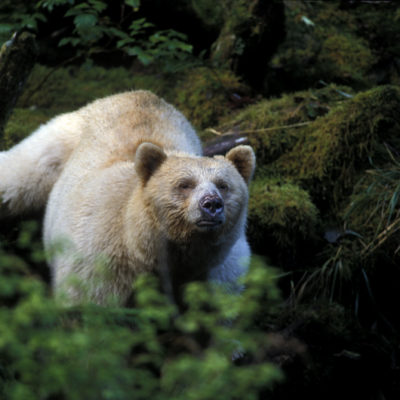
What is a Spirit Bear?
Spirit bears are rare black bears with white or creamy fur, brown eyes, dark nose pads, and nearly white claws. They are not polar bears or albinos. Maybe 100 exist….
Read More »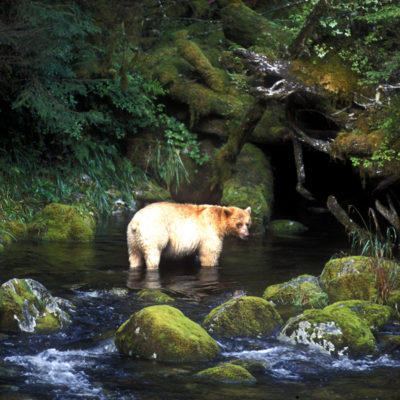
Maskwa – the Little White Cub
Maskwa, Cree for bear, is the name Manitoba wildlife officials gave to this rare white cub because of her significance to Native Americans. These pictures have circulated on the…
Read More »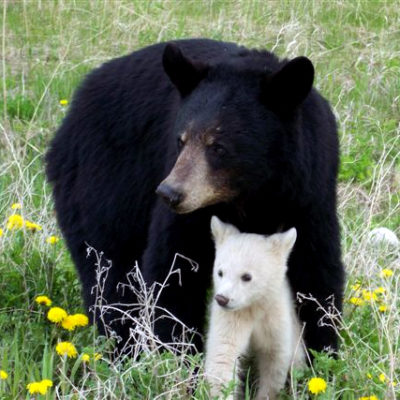
How High Can a Black Bear Reach?
The bear on the left, a medium-sized male reaching for the backpack is taller than most female black bears. He stands about 6 feet to the tip of his…
Read More »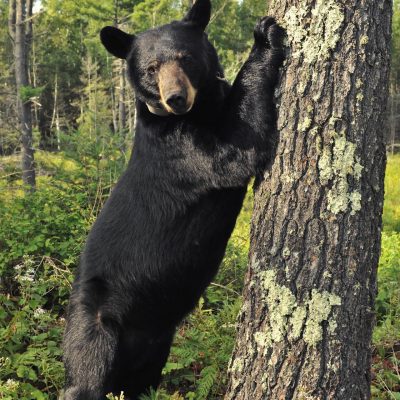
Are Bears Related to Pigs?
No more than people are related to bears or pigs. Bears, pigs, and people all have omnivorous diets. They all have broad “bunodont” cheek teeth to crush a variety of…
Read More »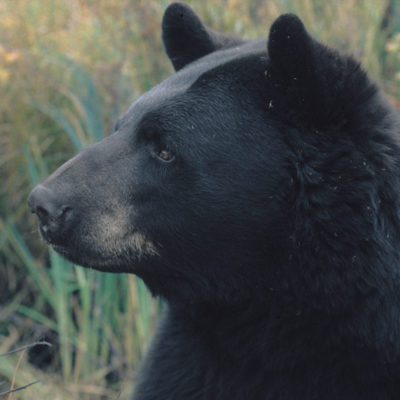
Are Black Bears Like Dogs?
No Dogs can be aggressive, territorial, and prone to attack. Black bears are generally restrained, non-territorial toward people, and prone to retreat. Many people imagine bears as oversize attack dogs…
Read More »How Timid Are Black Bears?
Black bears are ruled by fear and food—in that order. Researchers are frequently amazed at how cautious these powerful animals are about tiny unidentified rustling sounds of red squirrels, mice,…
Read More »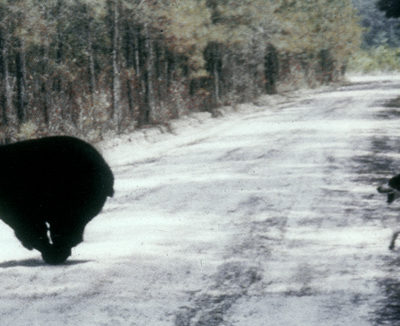
How to Tell Black Bears from Brown/Grizzly Bears
Color is not reliable for differentiating brown bears from black bears because both species have many color phases. Black bears occur in many hues of brown, and even shades of…
Read More »